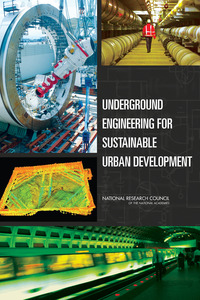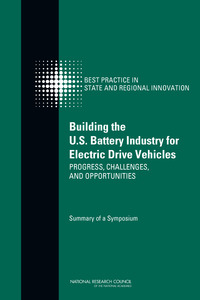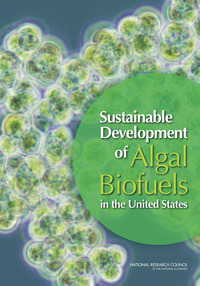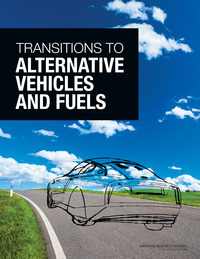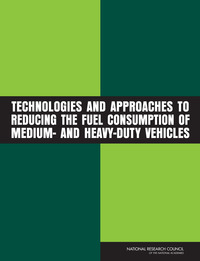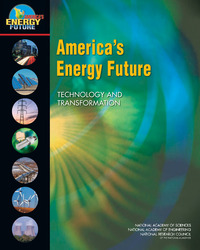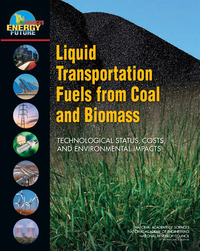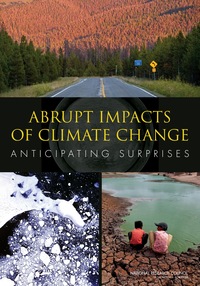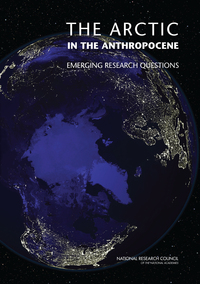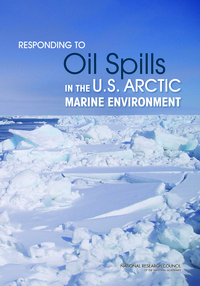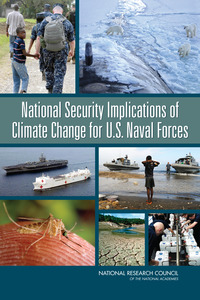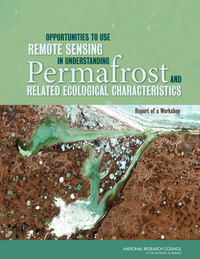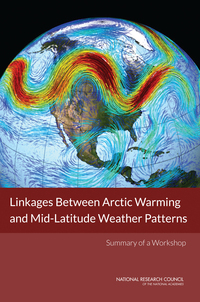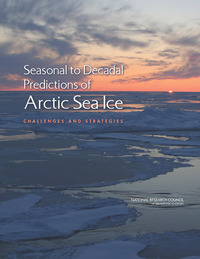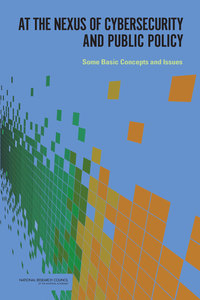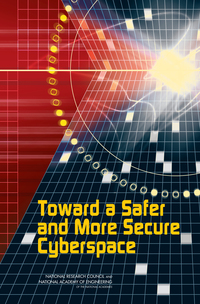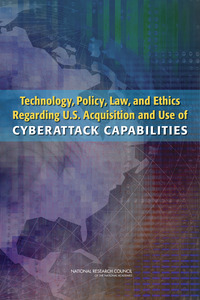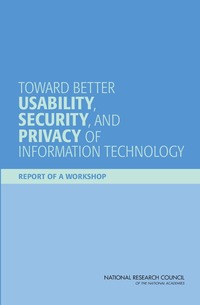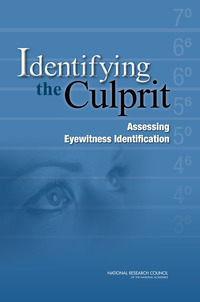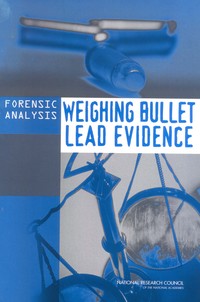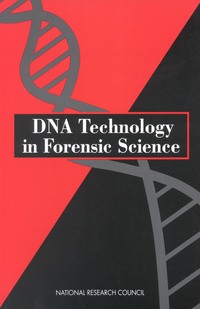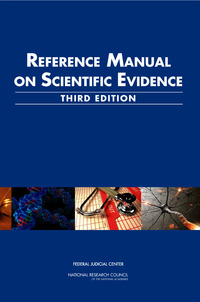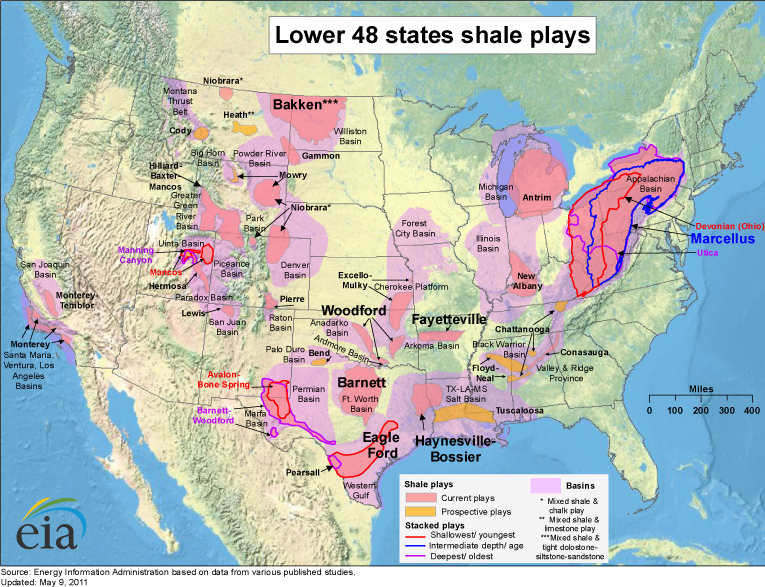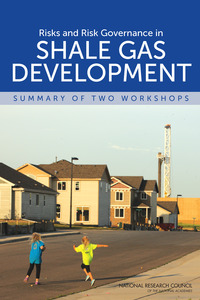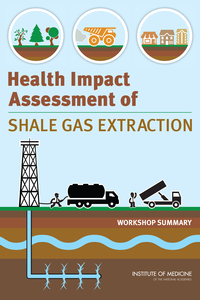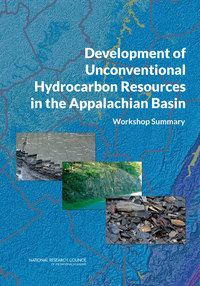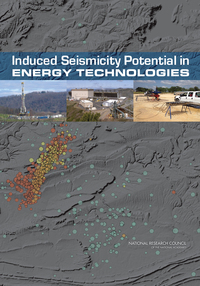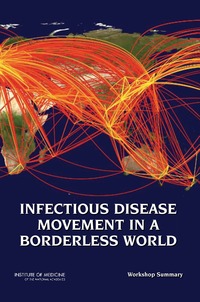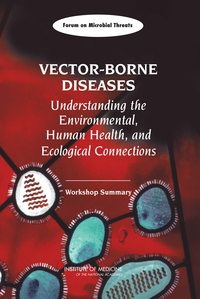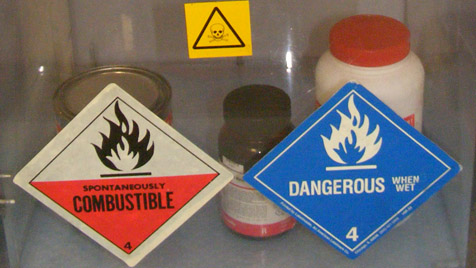Many issues brought to national attention following the recent fatal smoke event in the Washington, DC underground Metro system have been discussed in the National Research Council report Underground Engineering for Sustainable Development. Smoke and fire represent one of the greatest hazards to health and safety in underground infrastructure. This report includes discussion of how fire and smoke spread easily through tunnel systems and how underground ventilation systems must be able to provide breathable air and remove hazardous gases.
We asked Sammantha Magsino, the Study Director of Underground Engineering, for her thoughts on how the report speaks to the recent rail incident:
Strategic decisions must be made related to alarm and exiting systems, entry systems for emergency personnel, and safety procedures to ensure both occupant and emergency responder safety. Such decisions must optimize human-technical relationships and provide at least minimum levels of safety consistent with long-term societal visions. Underground Engineering stresses that underground infrastructure is part of a system of surface and subsurface engineered and human systems that needs to be designed, built, operated, maintained, and used with due accounting of technical aspects of the infrastructure, as well as in consideration of human behaviors, physiology, performance capacity, and the necessary education and training for safe and effective human use. The failure of any element of the system can result in cascading failures of other system elements, and can put the whole system at risk. Risk in underground infrastructure, however, often does not receive the same levels of regulatory scrutiny as risk in surface infrastructure, and safety codes are often written in response to events rather than the thorough study of risk/
Underground Engineering includes overarching observations, conclusions, and potential actions in practice, education, and research that would encourage integrated and interdisciplinary approaches to underground infrastructure design, management, technology development, and safety.
For thousands of years, the underground has provided humans refuge, useful resources, physical support for surface structures, and a place for spiritual or artistic expression. More recently, many urban services have been placed underground. Over this time, humans have rarely considered how underground space can contribute to or be engineered to maximize its contribution to the sustainability of society. As human activities begin to change the planet and population struggle to maintain …

